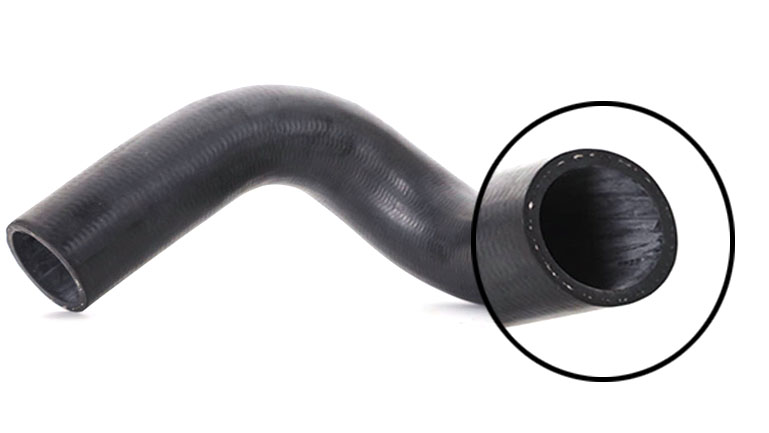What Are You Looking For?
Automotive rubber hoses are essential components in vehicles, tasked with transporting various fluids such as fuel, oil, coolant, and air. These hoses need to withstand high pressure, extreme temperatures, and corrosive substances, all while maintaining flexibility and durability. A critical element that significantly enhances the performance and reliability of these hoses is the internal braiding, which is often made of materials like polyester, aramid, or stainless steel. This article delves into the importance of braiding within automotive rubber hoses, exploring how it contributes to their function and quality.

Rubber hoses in vehicles are designed for specific functions:
Given their varied roles, these hoses must meet stringent performance criteria, including resistance to pressure, temperature variations, and chemical degradation.
The inclusion of braiding in rubber hoses significantly enhances their structural integrity and performance. Here’s how:
Braiding provides additional strength to the rubber hose, allowing it to withstand higher internal pressures without bursting. For instance, fuel injection systems require hoses that can handle extremely high pressures. The braided layer acts as a reinforcement, distributing pressure evenly and preventing expansion and failure.
While increasing strength, braiding also maintains the necessary flexibility of the hose. This balance ensures that the hose can bend and maneuver through tight spaces in the engine bay without cracking or kinking. Durable materials like aramid or polyester in the braiding enhance the hose's ability to withstand repeated bending and flexing over time.
Automotive environments expose hoses to a wide range of temperatures. Braided hoses exhibit superior thermal stability compared to non-braided ones. The braiding helps maintain the integrity of the hose structure under both high and low temperatures, reducing the risk of hose failure due to thermal expansion or contraction.
Rubber hoses often come into contact with various chemicals, including fuels, oils, and coolants, which can be corrosive. The materials used in braiding, particularly stainless steel, provide an extra layer of protection against chemical degradation, extending the hose’s lifespan.
In addition to internal pressures, hoses must endure external wear and tear. Braided hoses are less susceptible to abrasion, making them ideal for harsh automotive environments where they might rub against other engine components.
The quality of the braiding material and the precision in its application are paramount in determining the overall quality of the hose. High-quality hoses feature tightly woven braids that provide consistent and reliable performance. Key factors influencing quality include:
The braiding within automotive rubber hoses is a critical component that significantly enhances their performance and longevity. By providing strength, flexibility, thermal stability, chemical resistance, and abrasion resistance, the braiding ensures that these hoses can meet the demanding conditions of automotive applications. As vehicles continue to evolve, the importance of high-quality, braided rubber hoses remains paramount in ensuring reliable and efficient operation.
If you need anything, please contact us,Customized different size/color/shape silicone rubber hose, making molds depending on your samples or drawings. FREE SAMPLES can be sent for your evaluation!
Over 20 years Professional Experience in Auto Accessories Field